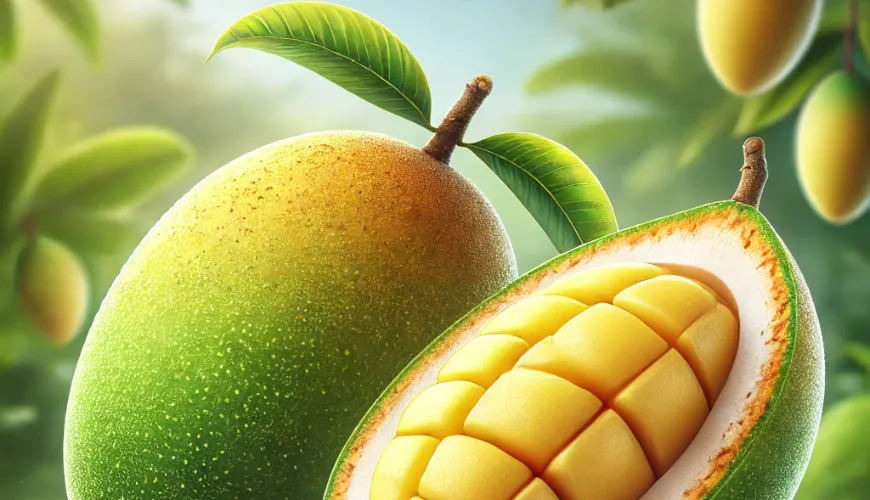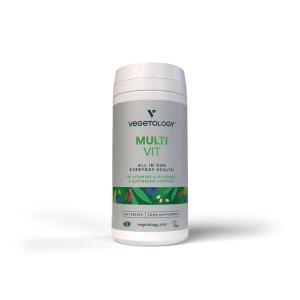
Mango is a fruity treasure that you'll fall in love with at the first bite.

Mango: Exotic Fruit Full of Flavor, History, and Health Benefits
Mango is one of the most popular tropical fruits in the world, known for its sweet, juicy taste and unmistakable aroma. Although it is not considered a common fruit in our regions, its popularity is constantly growing. People love it not only for its exceptional taste but also for its wide range of culinary uses and health benefits. In this article, we will look at the origin of this fruit, its nutritional value, various varieties, and ways of consumption and storage.
Origin and History of Mango
Mango has a long history dating back several thousand years. It originates from South Asia, specifically from the regions of present-day India, Bangladesh, and Myanmar, where it was cultivated over 4,000 years ago. In India, this fruit even holds sacred significance and appears in many legends and religious texts. Thanks to sailors and traders, it gradually spread to other parts of the world, especially to the tropical regions of Africa, Central, and South America.
Today, the largest global producers of mango include countries like India, Thailand, Mexico, Brazil, and the Philippines. In each of these areas, different varieties are grown, differing in taste, texture, and skin color—some are more fibrous, others smoother and creamier.
What Does Mango Taste Like and What Are Its Varieties?
Mango is characterized by its exotic flavor, which is sweet with a slight citrus or floral undertone. Some varieties have a slightly spicy or honey aftertaste. It can have various skin colors—from green to yellow to deep red or orange, and the color does not always indicate ripeness. The flesh is typically golden yellow to orange, with a texture ranging from soft creamy to fibrous.
Some of the most popular varieties include:
- Alphonso – Known as one of the finest and most delicious varieties from India. It has an intense sweet taste and smooth texture.
- Tommy Atkins – Widespread mostly in Latin America and the USA. It is firmer and has more fibers, making it suitable for industrial processing.
- Kent – A popular variety with fewer fibers and a distinctly sweet taste, often used in juices and smoothies.
- Ataulfo – Known as "honey mango," it originates from Mexico and is characterized by its smooth flesh with a buttery consistency.
Each variety is suitable for different ways of consumption. Some are ideal for direct consumption, while others are more commonly used in cooking, whether in salads, sauces, or desserts.
Using Mango in the Kitchen
Mango is a versatile fruit that finds wide application in kitchens around the world. Thanks to its sweet, juicy taste, it is suitable for both sweet and savory dishes. Fresh mango is popular in fruit salads, smoothies, or ice creams, where its exotic flavor stands out fully. In Asian and Latin American cuisines, it is often added to spicy sauces, chutney, or salsas, which perfectly complement meat, fish, or seafood.
Unripe mango is suitable for pickling or as part of refreshing salads with lime and chili. In some cultures, it is even processed into a dried form or pressed into a delicious juice that refreshes on hot days.
Health Benefits of Mango
Mango is not only delicious but also very healthy. It contains many vitamins and minerals that support overall health:
- Rich in Vitamin C – Strengthens the immune system, supports collagen production, and contributes to better cell regeneration.
- Vitamin A for Healthy Eyes – The carotenoids in mango support eye health and help protect vision from aging.
- Fiber for Better Digestion – Mango contains natural enzymes that support digestion and help improve bowel function.
- Natural Antioxidants – Helps fight free radicals and reduces the risk of some chronic diseases.
- Hydration and Metabolism Support – Thanks to its high water content and electrolytes, it helps keep the body hydrated and supports energy metabolism.
Try our natural products
Regular consumption of mango can support healthy digestion, improve skin condition, and contribute to the proper functioning of the heart.
How to Select and Store Mango
To ensure the mango is as tasty as possible, it's important to choose a ripe fruit. Many people think that the skin color determines ripeness, but in reality, it's better to rely on touch and aroma. A ripe mango should be slightly yielding when gently squeezed and should emit a sweet, fruity aroma.
If you buy unripe mango, you can let it ripen at room temperature. Once sufficiently soft, it can be stored in the fridge, where it will last for several days. If you want to preserve its flavor for a longer time, you can slice and freeze it—in this form, it is great in smoothies or as a refreshing summer snack.
Mango is not only tasty but also a nutritionally valuable fruit that can be used in many ways. Whether you enjoy it fresh, in a smoothie, salad, or exotic dish, it always delivers a unique flavor experience. Thanks to its high content of vitamins and antioxidants, it supports health and is a great complement to a balanced diet. If you haven't tried mango yet, it is definitely worth including it in your diet!







